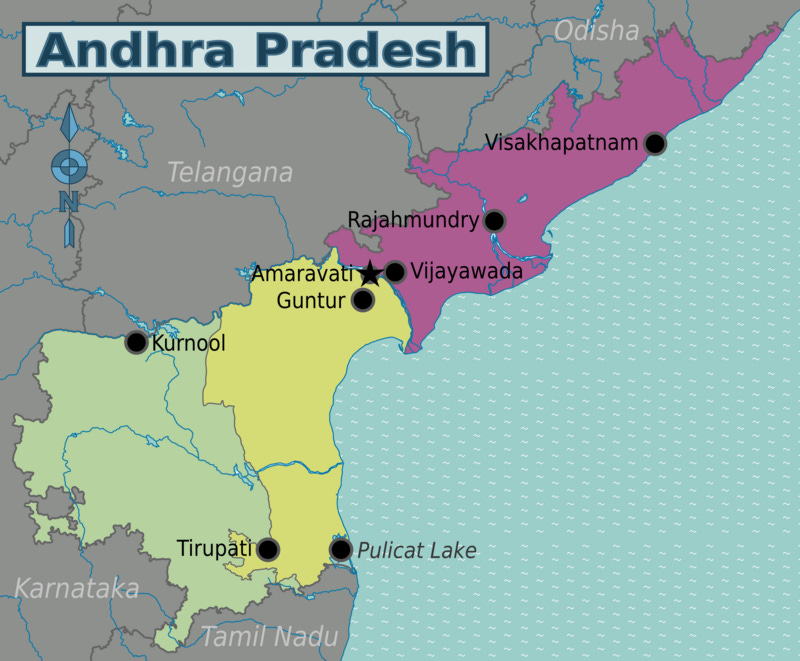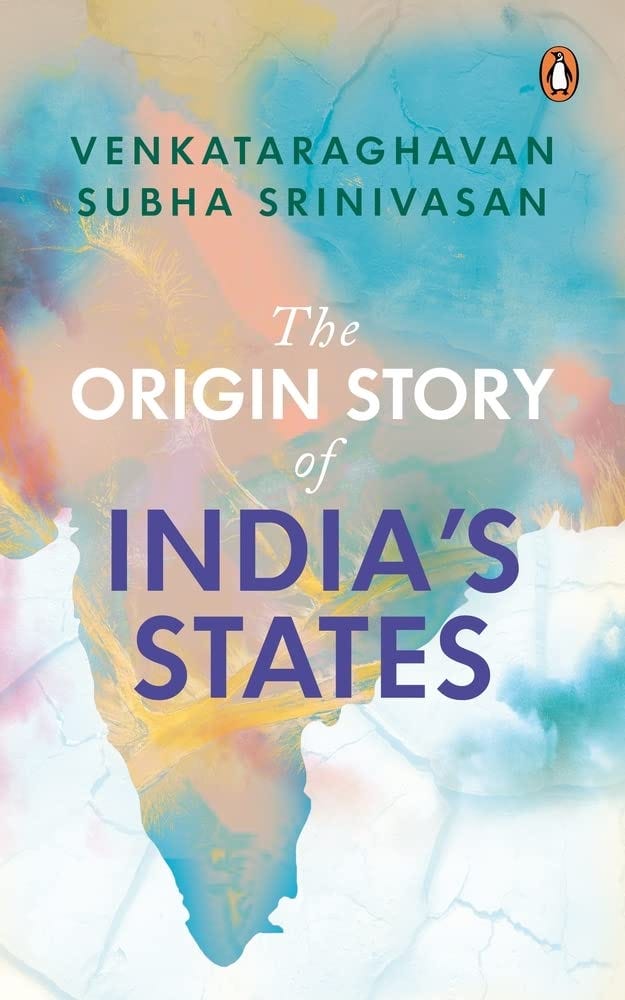Andhra Pradesh (AP)
ఆంధ్ర ప్రదేశ్ āndhra pradēsh ‘Land of the Andhras’
From Skt: āndhra, ‘Telugu people/language’; and Hin/Skt: pradēsh, ‘province’, ‘region’, ‘territory’.
The Andhras were an ancient tribe with settlements in the Godavari and Krishna valleys (Vedic texts record them from the 9th century BCE). They fought on the side of the Kauravas in the Mahabharata epic which describes them as:
‘smeared with powdered scents, armed with swords and nooses, and capable of restraining mighty elephants’ [Ganguli (1896) Bk 8:12].
The name is now synonymous with Telugu-speaking people. Andhra Pradesh was created in 1953 as a linguistic state from the Telugu-speaking regions of the old Madras State (called the Madras Presidency under the British) and the Telangana region of the old Hyderabad State (also Telugu-speaking). The move to states organised by language, rather than history, here and across the country had been galvanised by the martyrdom of Potti Srimalu’s 58-day hunger strike the previous year.
Telangana was never entirely happy about being merged with Andhra Pradesh, claiming its separate traditions and privileges under Nizam rule would be swamped by merger with coastal Andhra and Rayalaseema, and the two eventually went their separate ways in 2014 (see Telangana).
Despite being nicknamed the ‘rice bowl of India’ Andhra Pradesh is only third in terms of rice production. In terms of minerals, however, it does much better: it is number one for mica production (used in thermal/electrical insulation); and top for uranium (Tummalapalle Mine has the largest uranium reserves in the world).
Andhra place names are mostly Telugu with significant Sanskrit and Urdu borrowings.
See: https://placenameswallah.com/andhra-pradesh/
Further reading: The Origin Story of India’s States





